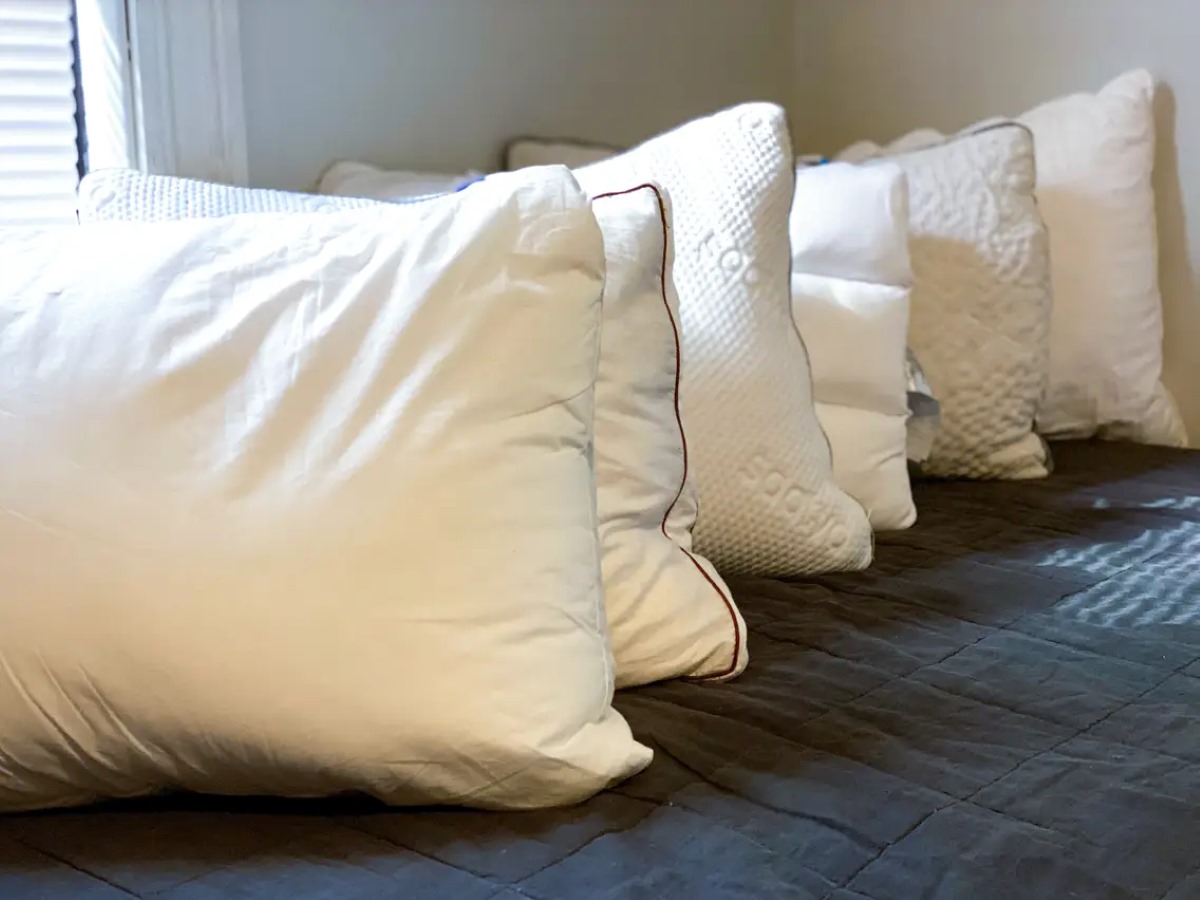

Articles
How To Store Bed Pillows When Not In Use
Modified: January 6, 2024
Learn the best methods for storing bed pillows when they're not in use with these informative articles. Find out how to keep them fresh and clean for longer-lasting comfort.
(Many of the links in this article redirect to a specific reviewed product. Your purchase of these products through affiliate links helps to generate commission for Storables.com, at no extra cost. Learn more)
Introduction
Bed pillows are not only essential for a good night’s sleep, but they can also add comfort and style to your bedroom decor. However, there may be times when you need to store your bed pillows when they are not in use. Whether you’re renovating your bedroom, going on an extended trip, or simply decluttering your living space, proper pillow storage is crucial to keep them clean, fresh, and ready for use when needed.
In this article, we will discuss the importance of properly storing bed pillows and provide you with practical tips to ensure they remain in excellent condition. From choosing the right storage space to cleaning and maintaining your pillows, we’ve got you covered. Let’s dive in!
Key Takeaways:
- Proper pillow storage is crucial for maintaining cleanliness, shape, and longevity. Consider factors like temperature, air circulation, and protection when choosing the right storage space for your pillows.
- Before storing pillows, clean them thoroughly, address stains and odors, and use pillow protectors. Fluff and restore their shape, and consider vacuum-sealing for space-saving and protection.
Read more: How To Store Pillows When Not In Use
Why Should You Store Bed Pillows?
Storing your bed pillows properly when they are not in use offers a range of benefits. Whether you have extra pillows that you are not currently using or need to store them temporarily during a home improvement project, here are a few reasons why proper pillow storage is essential:
- Preserving cleanliness: Storing your pillows in a clean and controlled environment helps prevent them from accumulating dust, dirt, and allergens. This is particularly important for individuals with respiratory conditions or allergies.
- Protecting against pests: Proper storage can help safeguard your pillows from pests, such as dust mites and bed bugs, that may be present in your home. These critters can cause allergic reactions and compromise your sleep quality.
- Maximizing longevity: By storing your pillows correctly, you can extend their lifespan. Pillows that are kept in suitable conditions are less prone to wear and tear, ensuring that you get the most out of your investment.
- Saving space: Storing your pillows properly can help you save valuable space in your home. Rather than leaving them haphazardly on your bed or sofa, you can free up space and create a more organized living environment.
- Easy accessibility: Storing your bed pillows in a designated spot ensures they are easily accessible whenever you need them. This eliminates the hassle of searching for misplaced pillows or dealing with clutter.
By understanding the importance of storing your bed pillows, you can maintain their cleanliness, prolong their lifespan, and enhance your overall sleeping experience. Now, let’s explore the best practices for storing bed pillows when they are not in use.
Choosing the Right Storage Space
When it comes to storing bed pillows, selecting the right storage space is crucial to ensure their safety and longevity. Here are a few factors to consider when choosing the ideal storage location:
- Cleanliness: Prioritize clean and dust-free areas. Avoid storing pillows in spaces prone to dirt, such as basements or garages, as they can attract dust and allergens.
- Temperature and humidity: Opt for a storage area with stable temperature and humidity levels. Extreme heat or humidity can cause mold and mildew growth, while excessive cold temperatures may make your pillows stiff or uncomfortable.
- Air circulation: Choose a space that allows for adequate air circulation. Good airflow helps prevent musty odors and keeps your pillows fresh.
- Protection: Ensure that the storage space protects your pillows from potential damage. Avoid areas prone to leaks, pests, or direct sunlight, as these can damage the fabric and filling of your pillows.
Some suitable storage spaces for bed pillows include:
- In a dedicated linen closet or wardrobe: If you have a spacious linen closet or wardrobe with proper ventilation, this can be an ideal storage option for your pillows.
- In under-bed storage containers: Utilizing under-bed storage containers is a practical way to save space and keep your pillows out of sight. Look for containers made of breathable materials to prevent moisture buildup.
- On high shelves: If you have high shelves in your closet or storeroom, consider placing your pillows there. Just ensure they are protected from dust and other elements.
Ultimately, the right storage space for your bed pillows will depend on your available space and the specific conditions of your home. By considering factors like cleanliness, temperature, air circulation, and protection, you can choose a storage area that keeps your pillows in optimal condition.
Cleaning Bed Pillows Before Storage
Before storing your bed pillows, it’s important to ensure they are clean and fresh. Over time, pillows can collect sweat, body oils, dust, and other debris, which can lead to unpleasant odors and a less hygienic sleeping environment. Cleaning your pillows before storage helps maintain their quality and ensures they are ready for use when you need them. Here’s how to clean your bed pillows:
- Check the care label: Read the care label on your pillows to determine if they are machine washable or require special treatment. Some pillows may need to be dry cleaned or spot cleaned instead of being washed.
- Pre-treat stains: If your pillows have any visible stains, pre-treat them before washing. Follow the instructions on a stain remover or gently rub a mixture of mild detergent and water into the stained area.
- Machine wash: If your pillows are machine washable, place them in the washing machine along with a small amount of mild detergent. Use a gentle cycle with warm water. It is recommended to wash two pillows at a time to maintain balance in the machine.
- Rinse thoroughly: After the washing cycle is complete, ensure that all the detergent is rinsed out of the pillows. Excess detergent can leave a residue and affect the comfort of your pillows.
- Dry properly: When it comes to drying your pillows, follow the care label instructions. Most pillows can be put in the dryer on low heat. To help maintain their shape, add a couple of tennis balls or dryer balls to the dryer to fluff the pillows as they dry. Alternatively, you can air dry your pillows by laying them flat on a clean, dry surface.
- Fluff and reshape: Once your pillows are fully dry, give them a good fluffing to restore their shape and loft. Gently knead and reshape the pillow to ensure it is evenly distributed and comfortable to use.
By cleaning your bed pillows before storage, you can remove dirt, stains, and odors, keeping them fresh and ready for future use. However, keep in mind that not all pillows are machine washable, so always refer to the care label instructions or consult with the manufacturer if you are unsure about the cleaning process.
Removing Stains and Odors from Pillows
Pillows can be prone to stains and odors due to sweat, spills, or prolonged use. It’s important to address these issues before storing your pillows to keep them fresh and free from unwanted discoloration or unpleasant smells. Here are some methods for removing stains and odors from your bed pillows:
- Baking soda: Baking soda is a versatile and effective ingredient for eliminating odors from pillows. Simply sprinkle a generous amount of baking soda on both sides of the pillow and let it sit for a few hours or overnight. Then, vacuum it off or brush the baking soda away with a soft brush.
- Spot cleaning: For minor stains, spot cleaning can be an effective method. Create a mixture of mild detergent and warm water and gently dab the stained area with a cloth or sponge. Avoid using too much water, as it can saturate the pillow filling.
- Enzyme cleaner: For tougher stains or odors, an enzyme-based cleaner can be effective. Follow the instructions on the cleaner and apply it to the stained area. Allow it to sit for the recommended time and then blot with a clean cloth. Rinse thoroughly and let the pillow air dry.
- Sunlight: Natural sunlight can help eliminate odors from pillows. On a sunny day, place your pillows outside in direct sunlight for a few hours. The sunlight will help kill bacteria and freshen the pillows. However, avoid leaving them in the sun for too long, as excessive heat can damage the pillow filling.
- Liquid stain removers: In case of particularly stubborn stains, you can use liquid stain removers specifically designed for upholstery or bedding. Follow the instructions on the product carefully and spot test in an inconspicuous area before applying it to the stained area of your pillow.
It’s important to remember that different pillow materials and fillings may require different cleaning methods. Always refer to the care label instructions for specific cleaning recommendations. If in doubt, consult the manufacturer or a professional cleaner for advice.
By removing stains and odors from your bed pillows before storage, you can ensure they are fresh and clean when you need them next. Maintaining the cleanliness of your pillows helps keep them hygienic and comfortable for a peaceful night’s sleep.
Read more: How To Store Bed Pillows
Fluffing and Restoring Pillow Shape
Over time, pillows can become flat and lose their shape, which can affect their comfort and support. Before storing your bed pillows, it’s important to fluff and restore their shape to ensure they are comfortable and ready for use when you need them. Here are some methods to fluff and restore the shape of your pillows:
- Hand fluffing: Start by manually fluffing your pillows with your hands. Gently grab the edges of the pillow and give it a few good shakes to redistribute the filling. Then, knead and squeeze the pillow to help fluff it up.
- Pillow beating: Firmly hit your pillow on its sides to remove any clumps or unevenness. This helps break up the filling and restore the pillow’s shape. To avoid damaging the pillow, be careful not to hit it too hard or on a hard surface.
- Plump and plump: Hold your pillow with both hands and squeeze it, starting from the edges and working towards the center. This helps redistribute the filling and plump up the pillow.
- Use a tennis ball or dryer balls: Place a few clean tennis balls or dryer balls in the dryer along with your pillows. As the dryer spins, the balls will agitate the pillows, fluffing them up and restoring their shape. This method is particularly useful for pillows with synthetic fillings.
- Alternate compression and fluffing: Press down on the pillow to compress it, and then release to allow it to expand. Repeat this process a few times to help the filling regain its loft and restore the pillow’s shape.
It’s important to note that not all pillow fillings will regain their original shape completely. Natural fillings, such as down or feathers, may require more frequent fluffing and shaking to maintain their loft. Additionally, memory foam pillows may not require fluffing as they retain their shape better over time.
Regularly fluffing and restoring the shape of your pillows not only enhances their aesthetic appeal but also ensures they provide the optimal support and comfort needed for a good night’s sleep. By incorporating these techniques into your pillow care routine, you can preserve the quality and longevity of your pillows.
Folding vs. Hanging Pillows
When it comes to storing bed pillows, you may have wondered whether it is better to fold them or hang them. The choice between folding and hanging depends on several factors, including the available storage space and the pillow material and filling. Let’s explore the considerations for folding and hanging pillows:
Folding Pillows:
- Space-saving: Folding pillows is a great option if you have limited storage space. It allows you to stack and store multiple pillows in a compact manner, such as in plastic containers or cloth bags.
- Uniform shape: Folding pillows often helps maintain their shape, especially if they have a firmer filling like memory foam or synthetic fibers. Folding them neatly can help retain their contour and prevent them from becoming lumpy.
- Easy accessibility: Folded pillows can be easily stored in closets, wardrobes, or under the bed, making them easily accessible when you need them. This is particularly convenient if you want to keep your pillows within reach.
Hanging Pillows:
- Preserving loft and shape: Some pillows, especially those with a down or feather filling, benefit more from hanging as it helps preserve their loft and fluffiness. Hanging allows the filling to expand and remain evenly distributed.
- Preventing creases: Hanging pillows can help prevent creases and wrinkles, especially for pillows with delicate fabrics or ornamental finishes. It keeps the pillow surface smooth and wrinkle-free.
- Aesthetically pleasing: Hanging pillows can add a decorative touch to your space, especially if you have a stylish pillow collection. You can hang them on hooks or display them on a decorative rod, adding visual interest to your room.
Ultimately, the decision between folding and hanging pillows depends on your preferences, available storage space, and the type of pillows you have. You can also consider a combination of both methods if you have a variety of pillows with different fillings and materials.
Remember to check the care label instructions for your pillows, as some may have specific guidelines regarding folding or hanging. Additionally, always ensure that the storage area is clean, dry, and well-ventilated to maintain the freshness and longevity of your pillows.
To store bed pillows when not in use, place them in a breathable storage bag or pillowcase to protect them from dust and dirt. Store them in a cool, dry place to maintain their shape and quality.
Using Pillow Protectors and Covers
Pillow protectors and covers are essential accessories that help prolong the life of your bed pillows. They provide an extra layer of protection against spills, stains, allergens, and dust mites. Using pillow protectors and covers not only helps keep your pillows clean but also adds an extra level of comfort. Here are the benefits of using pillow protectors and covers:
Protection against spills and stains:
- Pillow protectors act as a barrier, preventing liquids from seeping into the pillow filling. Whether it’s accidental spills, sweat, or body oils, a protector can safeguard your pillow and help keep it clean and fresh.
Shield against allergens and dust mites:
- Pillow protectors and covers help protect against common allergens, such as dust mites, pet dander, and pollen. These microscopic particles can trigger allergies and affect your sleep quality, so having a protective layer can prevent them from accumulating in your pillow.
Easy maintenance and cleaning:
- Using pillow protectors and covers makes the cleaning process much easier. Instead of washing the entire pillow, you can remove and wash the protectors and covers, which are typically machine washable. This helps keep your pillows fresh and saves you time and effort.
Extended pillow lifespan:
- Pillow protectors and covers act as a barrier against sweat, oils, and stains, preventing them from penetrating the pillow filling. By keeping your pillows clean and free from unwanted debris, you can extend their lifespan and maintain their quality and comfort for a longer period of time.
Enhanced comfort and aesthetics:
- Pillow covers and protectors come in various materials, textures, and designs, allowing you to personalize your sleeping space. They not only add a decorative touch but also provide an additional layer of softness and comfort.
When choosing pillow protectors and covers, opt for ones made of breathable materials, such as cotton or hypoallergenic fabrics. These materials allow air to circulate, preventing heat and moisture buildup. Additionally, look for protectors that have a zipper or closure to ensure a secure fit and easy removal for cleaning.
In summary, using pillow protectors and covers is an excellent investment for preserving the cleanliness, comfort, and longevity of your bed pillows. By providing an extra layer of protection against spills, stains, allergens, and dust mites, they help keep your pillows clean, fresh, and allergen-free. So, don’t forget to equip your pillows with these essential accessories.
Vacuum-Sealing Pillows for Storage
Vacuum-sealing pillows for storage is a popular method that can help save space and protect your pillows from dust, dirt, and pests. It involves using a vacuum sealer to remove the air from the storage bag, compressing the pillows and creating a tight seal. Here are some key benefits and considerations of vacuum-sealing pillows for storage:
Space-saving:
- One of the primary advantages of vacuum-sealing pillows is the space-saving aspect. By removing the air from the storage bag, the pillows become significantly compressed, allowing you to store them in a smaller area, such as in a closet or under the bed.
Protection against dust, dirt, and pests:
- Vacuum-sealing creates an airtight seal around your pillows, preventing dust, dirt, and pests from infiltrating the storage bag. This protects your pillows and keeps them clean and fresh during their time in storage.
Preserving pillow shape:
- While vacuum-sealing can initially flatten your pillows, most pillows will regain their shape once unpacked and allowed to expand. Natural-fill pillows, such as down or feather, may need some extra fluffing after being stored in a compressed state.
Considerations:
- Be mindful of the pillow filling: Vacuum-sealing is generally suitable for pillows with synthetic or foam fillings. Pillows with natural fillings like down or feather may lose some loft and may require extra fluffing and reshaping.
- Choose the right storage bag: Opt for a vacuum-sealing storage bag that is large enough to accommodate your pillows comfortably. Ensure that the bag is durable and airtight to maintain the seal and protect your pillows from possible damage.
- Be cautious with delicate pillows: If you have fragile or ornamental pillows, vacuum-sealing may not be the best method, as it can potentially damage or compress these delicate materials. Consider using other storage methods like cloth bags or pillowcases for such pillows.
While vacuum-sealing can be an effective method for storing pillows, it’s important to keep in mind that pillows may require time to fluff up and regain their original shape once unpacked. Allow them to breathe and expand for a few hours or overnight before use.
Vacuum-sealing pillows can be a practical solution for saving space and keeping them protected during storage. Just ensure you consider the type of filling, choose the right storage bag, and follow the instructions for proper vacuum-sealing to maintain the quality of your pillows.
Read more: When Do Toddlers Use Pillows
Storing Pillows in Plastic Containers
Storing pillows in plastic containers is a popular method that provides durability, protection, and accessibility. Plastic containers offer a secure and enclosed environment, shielding your pillows from dust, dirt, pests, and moisture. Here’s what you need to know about storing pillows in plastic containers:
Choosing the right container:
- Opt for plastic containers that are sturdy, waterproof, and have a tight-fitting lid. This helps create a barrier against moisture and pests, ensuring that your pillows remain clean and well-protected during storage.
Clean and dry pillows before storage:
- Before placing your pillows in the plastic containers, make sure they are clean and completely dry. This prevents the growth of mold, mildew, and unpleasant odors during storage.
Protecting pillows from compression:
- When storing pillows in plastic containers, it’s important to avoid compressing them too much. Overly compacted pillows can lose their shape and become uncomfortable. Leave some space in the container to allow the pillows to maintain their loft and shape.
Label and organize:
- Label each plastic container with the contents, such as the type of pillow or bedding size, for easy identification when you need to retrieve them. Additionally, consider organizing the containers based on categories, such as guest pillows, decorative pillows, or seasonal pillows, to make retrieval more convenient.
Consider climate-controlled storage:
- If you live in an area with extreme temperatures or humidity, consider storing the plastic containers in a climate-controlled environment, such as a temperature-regulated closet or storage room. This helps maintain the integrity of the pillows and prevents them from being exposed to unfavorable conditions.
Easy accessibility:
- Plastic containers provide easy and convenient access to your pillows. Stack the containers in a designated storage area, such as a closet or storage room, ensuring they are easily accessible when needed. This way, you can quickly retrieve and replace pillows as desired.
Storing pillows in plastic containers is an effective way to keep them protected, organized, and easily accessible. By following the right storage practices and using suitable containers, you can ensure that your pillows remain clean, fresh, and ready for use whenever you need them.
Storing Pillows in Cloth Bags or Pillowcases
Storing pillows in cloth bags or pillowcases is a simple yet effective method that provides protection and keeps your pillows organized. Whether you have spare pillows or need to store seasonal ones, using cloth bags or pillowcases for storage offers several benefits. Here’s more about storing pillows in cloth bags or pillowcases:
Protection from dust and dirt:
- Cloth bags or pillowcases act as a barrier, preventing dust and dirt from settling on your pillows. They help maintain the cleanliness and freshness of the pillows during storage, reducing the need for frequent cleaning.
Prevention of discoloration:
- Exposure to sunlight or artificial lighting over time can cause pillows to fade or discolor. Storing your pillows in cloth bags or pillowcases shields them from direct light, preserving their original color and appearance.
Easy organization:
- Storing pillows in cloth bags or pillowcases provides an organized solution. Each pillow can be individually stored, making it easier to locate specific pillows when needed, such as guest pillows or pillows with different sizes or fillings.
Preserving shape and fluffiness:
- When storing pillows in cloth bags or pillowcases, be sure not to overstuff them. Leaving some space allows pillows to maintain their shape and loft. It also prevents unnecessary compression, ensuring the pillows are comfortable to use when taken out of storage.
Adding a personal touch:
- Cloth bags or pillowcases offer an opportunity to add a personal touch to your storage. Choose bags or cases in a fabric or design that matches your aesthetic preferences, contributing to a cohesive and stylish storage solution.
Protection during transportation:
- If you need to transport your pillows, using cloth bags or pillowcases is an excellent way to protect them from potential damage or dirt during the move. Simply place each pillow in its designated bag or case, secure it closed, and transport it safely.
Remember to clean your pillows thoroughly before storing them in cloth bags or pillowcases to ensure they remain fresh. Be sure to use breathable fabrics, such as cotton or linen, to allow air circulation and prevent moisture buildup.
Storing pillows in cloth bags or pillowcases is a practical and efficient method that provides protection, organization, and preservation. By following these steps, your pillows will stay clean, accessible, and ready for use whenever needed.
Storing Pillows in a Closet or Wardrobe
Storing pillows in a closet or wardrobe is a convenient and space-saving solution for keeping them organized and easily accessible. Whether you have extra pillows or need to store seasonal ones, utilizing your closet or wardrobe as a storage space offers several advantages. Here’s how to effectively store pillows in a closet or wardrobe:
Clean and dry pillows:
- Before storing your pillows, ensure they are clean and completely dry. This prevents the growth of mold, mildew, and unpleasant odors during storage. If necessary, give your pillows a gentle clean and allow them to air dry thoroughly.
Choose a dedicated shelf or space:
- Select a specific shelf or compartment in your closet or wardrobe to allocate for pillow storage. This helps keep your pillows separate from other items, preventing them from getting squashed or misplaced.
Optimize space with stacking:
- If you have multiple pillows to store, stack them neatly on the designated shelf or space. Start by placing larger pillows at the bottom and stack smaller ones on top. Be mindful not to stack them too high to avoid unnecessary compression.
Separate pillows with dividers:
- If you have different types of pillows or want to maintain separation between them, consider using dividers. You can use fabric-covered cardboard dividers or even repurpose shoeboxes to create divisions on the shelf, keeping your pillows organized and easily identifiable.
Consider vacuum storage bags:
- To maximize space and protect your pillows further, you may opt to use vacuum storage bags. Place your pillows in the bags, remove the air using a vacuum cleaner, and seal them tightly. This reduces the size of the pillows significantly and provides added protection against dust, dirt, and pests.
Maintain proper ventilation:
- Ensure that your closet or wardrobe has adequate ventilation to prevent musty odors and moisture buildup, which can affect the quality of your pillows. Keeping the space well-ventilated will help maintain the freshness of your pillows while they are in storage.
Protect from direct sunlight:
- When storing pillows in a closet or wardrobe, position them away from direct sunlight. Exposure to sunlight can cause fading and discoloration over time, potentially compromising the appearance of your pillows.
Storing pillows in a closet or wardrobe is a practical and efficient way to keep them organized and accessible. By following these steps and considering the appropriate storage conditions, you can maintain the quality and cleanliness of your pillows for extended periods.
Tips for Storing Pillows Long-Term
If you plan to store your pillows for an extended period, such as during a move or seasonal change, it’s important to take extra precautions to ensure they remain in optimal condition. Here are some valuable tips for storing pillows long-term:
1. Clean and dry them thoroughly:
- Before storing your pillows, make sure they are clean and completely dry. Wash or spot clean them according to the manufacturer’s instructions. Moisture can lead to mold, mildew, and unpleasant odors during storage.
2. Use pillow protectors:
- Before placing your pillows in storage, encase them in pillow protectors. The protectors create an extra layer of defense against dust, dirt, and allergens. This helps maintain the cleanliness and freshness of your pillows long-term.
3. Opt for breathable storage containers:
- If you’re storing your pillows in plastic containers, make sure they are breathable and have ventilation holes to prevent the build-up of moisture and musty odors. Alternatively, consider using fabric storage bags or pillowcases, which allow air circulation.
4. Maintain a controlled environment:
- Avoid storing your pillows in areas with extreme temperatures or fluctuating humidity levels, as these conditions can damage the pillow fillings. Opt for climate-controlled storage spaces, such as a temperature-regulated closet or storage room.
5. Rotate the pillows periodically:
- If possible, rotate the stored pillows every few months. This helps distribute the weight and compression, preventing flat spots and maintaining the pillow’s shape and loft.
6. Protect against pests:
- Use natural pest repellents, such as lavender sachets or cedar chips, in your pillow storage area to deter pests like moths or mites. Additionally, periodically inspect your stored pillows for any signs of infestation to take immediate action if needed.
7. Avoid storing heavy objects on top:
- Avoid placing heavy objects on top of your stored pillows, as this can cause unnecessary compression and permanent damage to the shape and loft of the pillows.
8. Check on your pillows periodically:
- Even during long-term storage, it’s a good idea to check your pillows periodically. Inspect them for signs of mold, mildew, or pest infestation. Take the time to fluff and reshape them to maintain their comfort and ensure they are ready for use when needed.
By following these tips, you can effectively store your pillows long-term while maintaining their cleanliness, shape, and quality. Proper storage practices will ensure that your pillows are in excellent condition when you retrieve them for future use.
Read more: How To Style Pillows On A Bed
Conclusion
Properly storing bed pillows when they are not in use is essential for maintaining their cleanliness, shape, and longevity. Whether you need to store extra pillows, seasonal ones, or during a home improvement project, following the right storage practices ensures your pillows remain fresh and ready for use when you need them.
Choosing the right storage space, such as a clean and controlled environment, is crucial. Consider factors like temperature, humidity, air circulation, and protection when selecting the storage area for your pillows. Whether you choose to store them in plastic containers, cloth bags, or in a closet or wardrobe, ensure the storage space is suitable for maintaining the quality of your pillows.
Prior to storage, clean your pillows thoroughly and address any stains or odors. Take the time to fluff and restore their shape, ensuring they are comfortable and retain their loft. Using pillow protectors and covers adds an extra layer of protection against spills, stains, and allergens, while vacuum-sealing can save space and shield your pillows from dust and pests.
By implementing these storage practices and considering the specific needs of your pillows, you can store them effectively for both short and long periods. Regularly check on your pillows and perform maintenance tasks to keep them in optimal condition.
In conclusion, investing time and effort in proper pillow storage will help preserve their cleanliness, freshness, and comfort. With these tips, you can ensure that your pillows remain in excellent condition, ready to provide you with a cozy and restful night’s sleep whenever you need them.
Frequently Asked Questions about How To Store Bed Pillows When Not In Use
Was this page helpful?
At Storables.com, we guarantee accurate and reliable information. Our content, validated by Expert Board Contributors, is crafted following stringent Editorial Policies. We're committed to providing you with well-researched, expert-backed insights for all your informational needs.
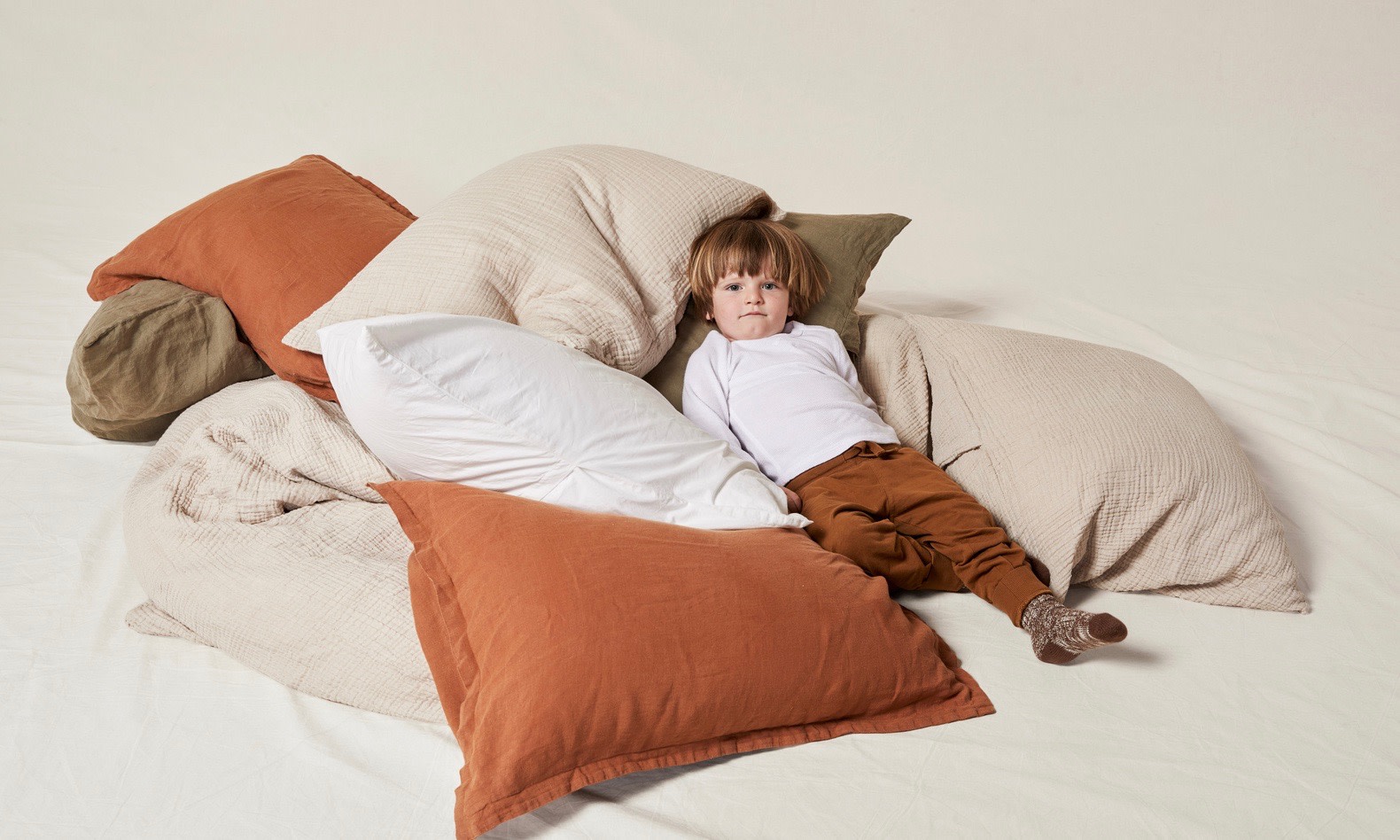
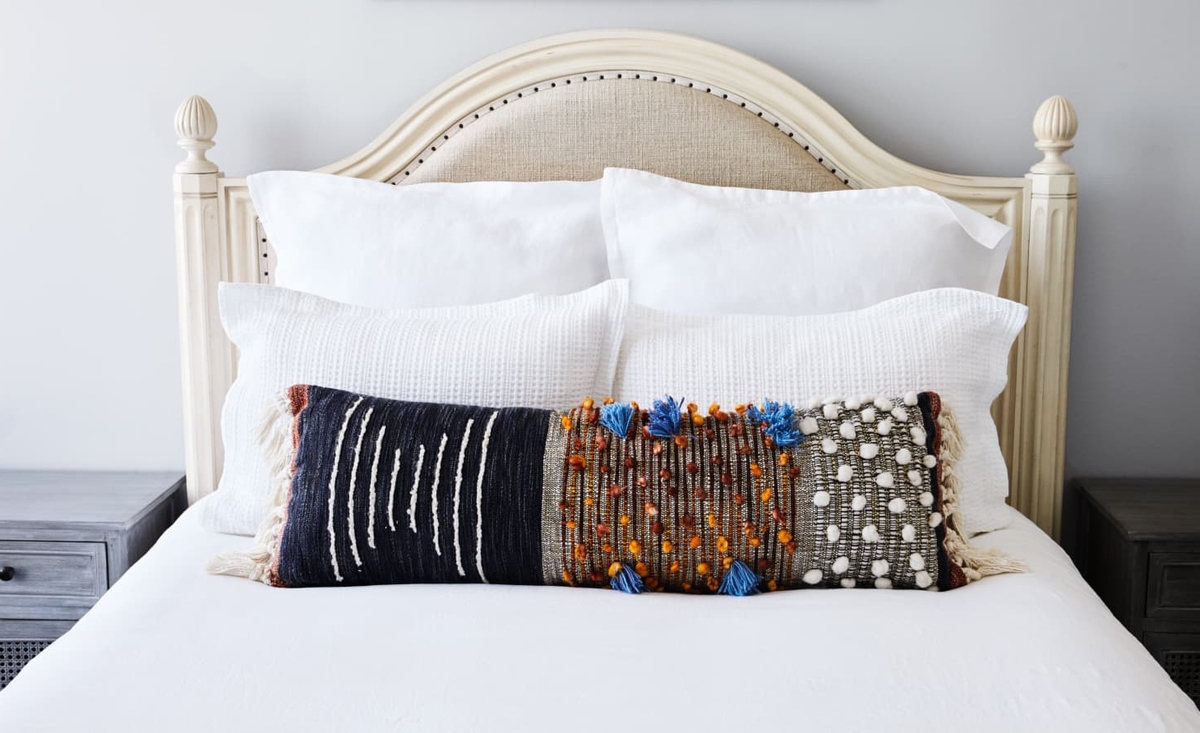
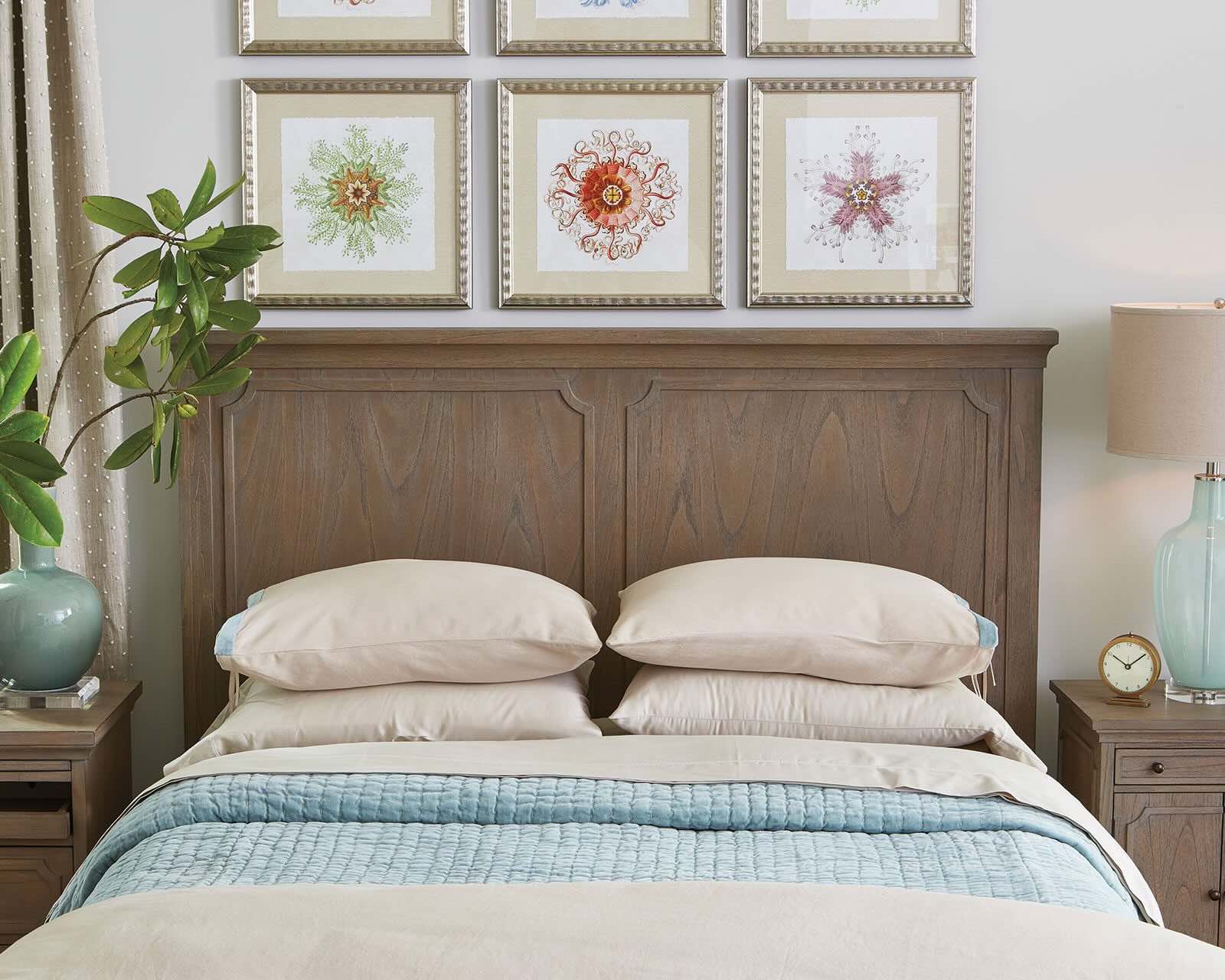

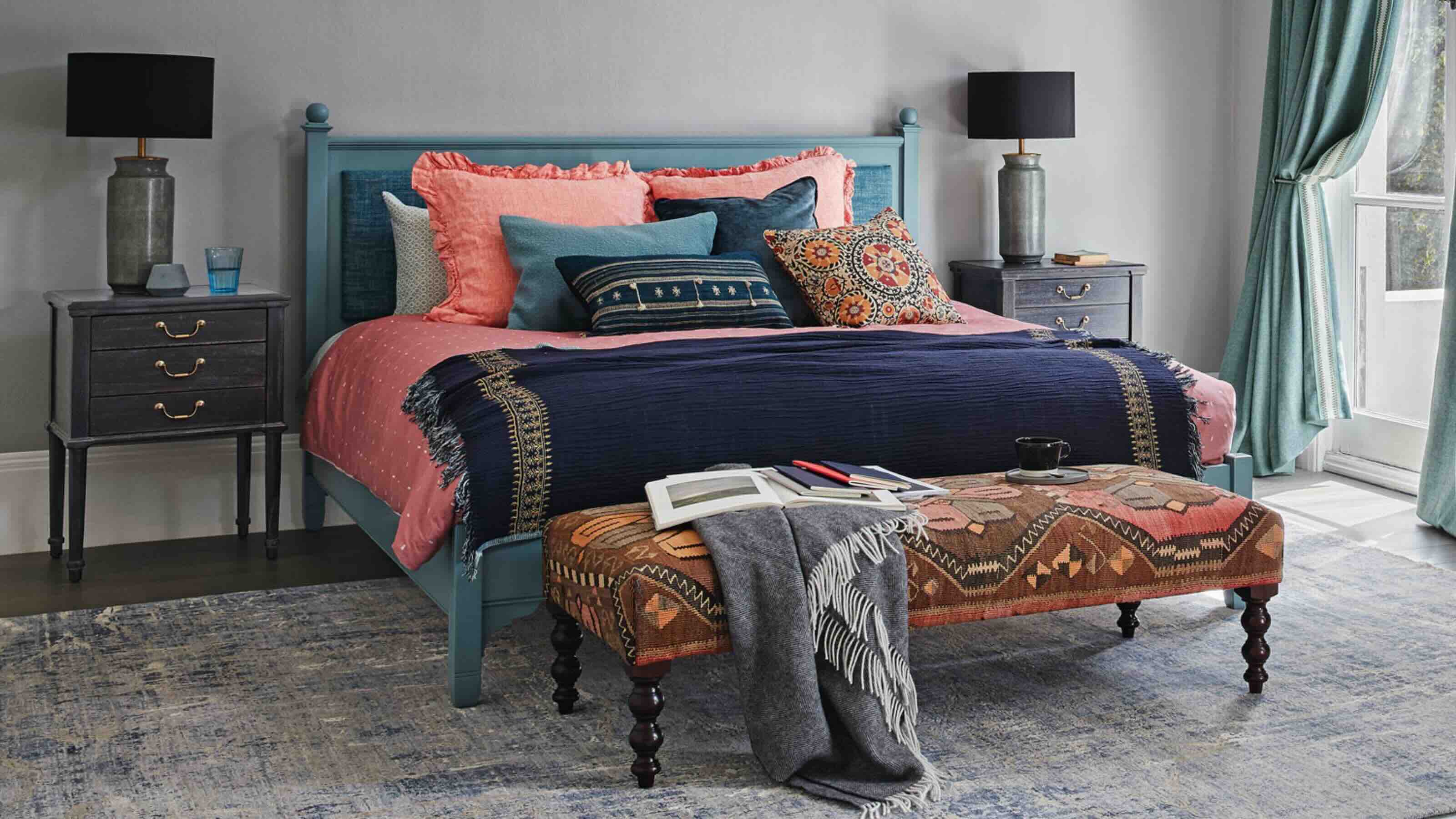
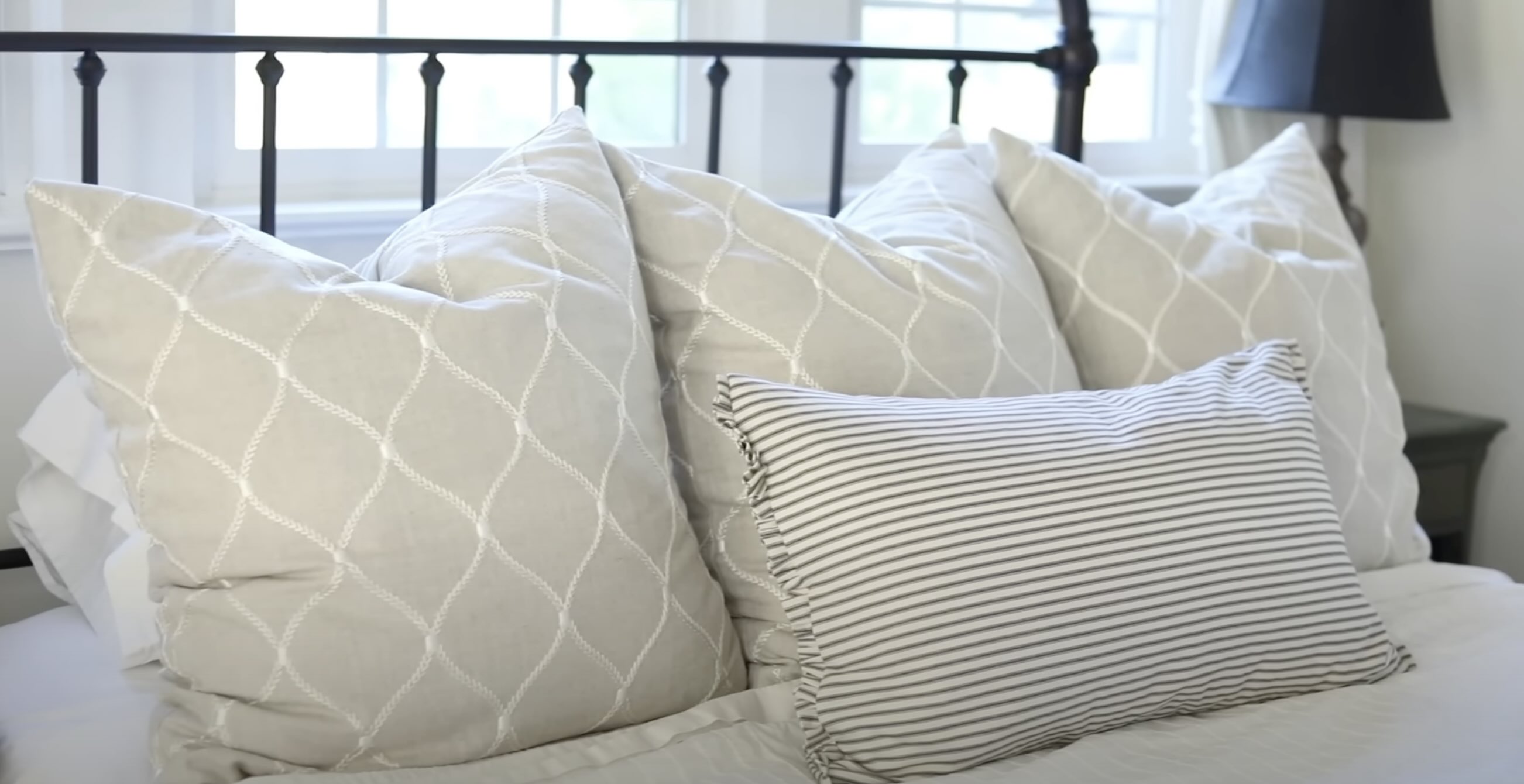
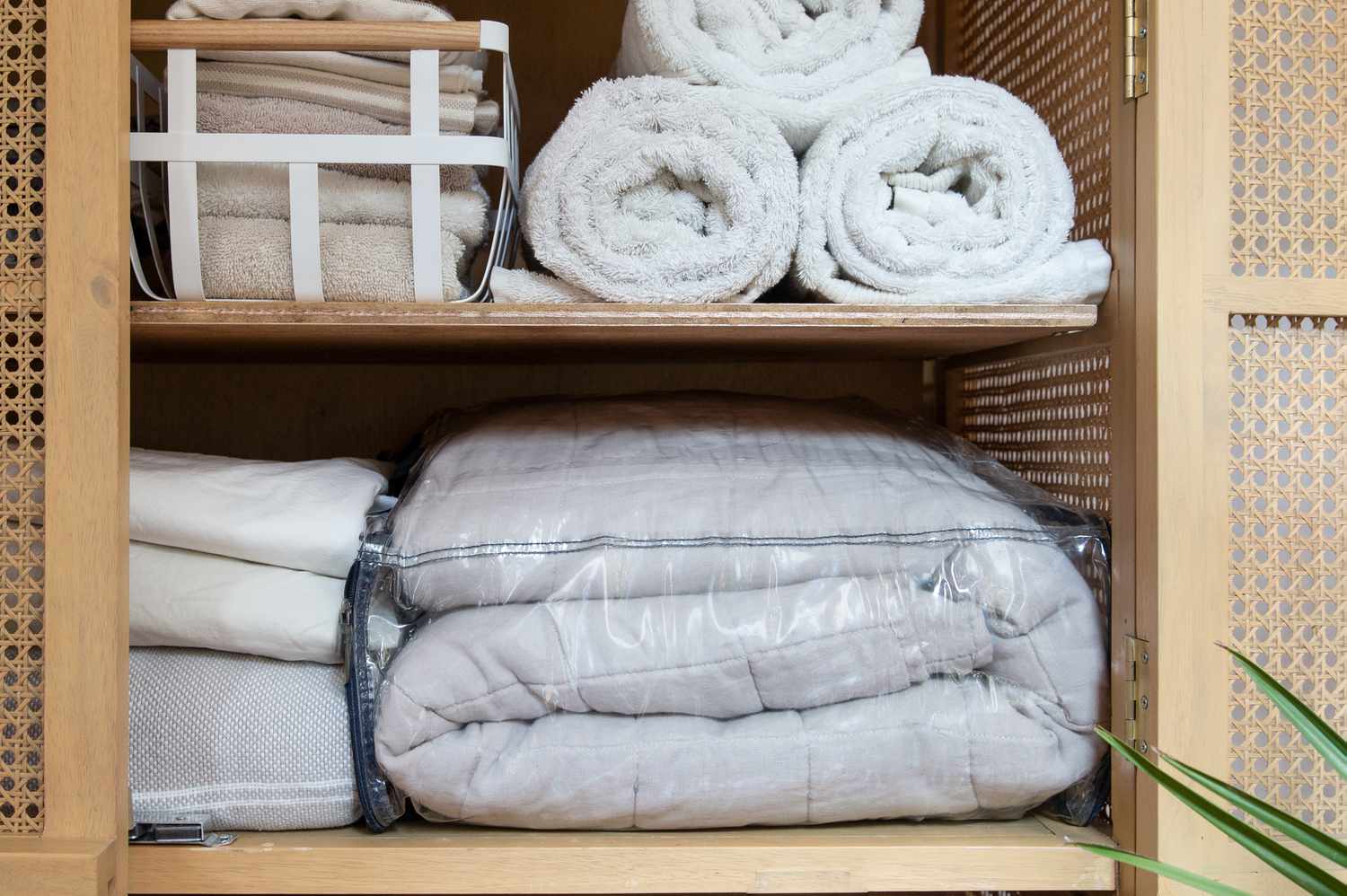
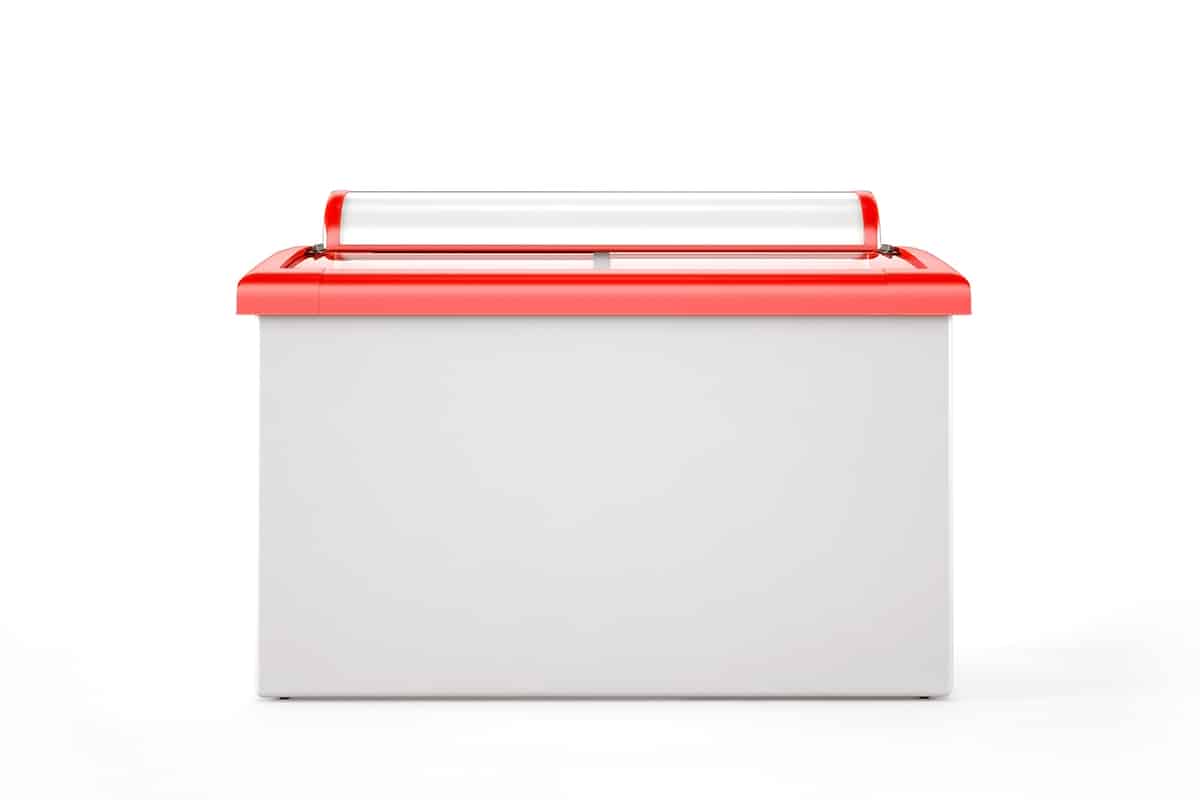
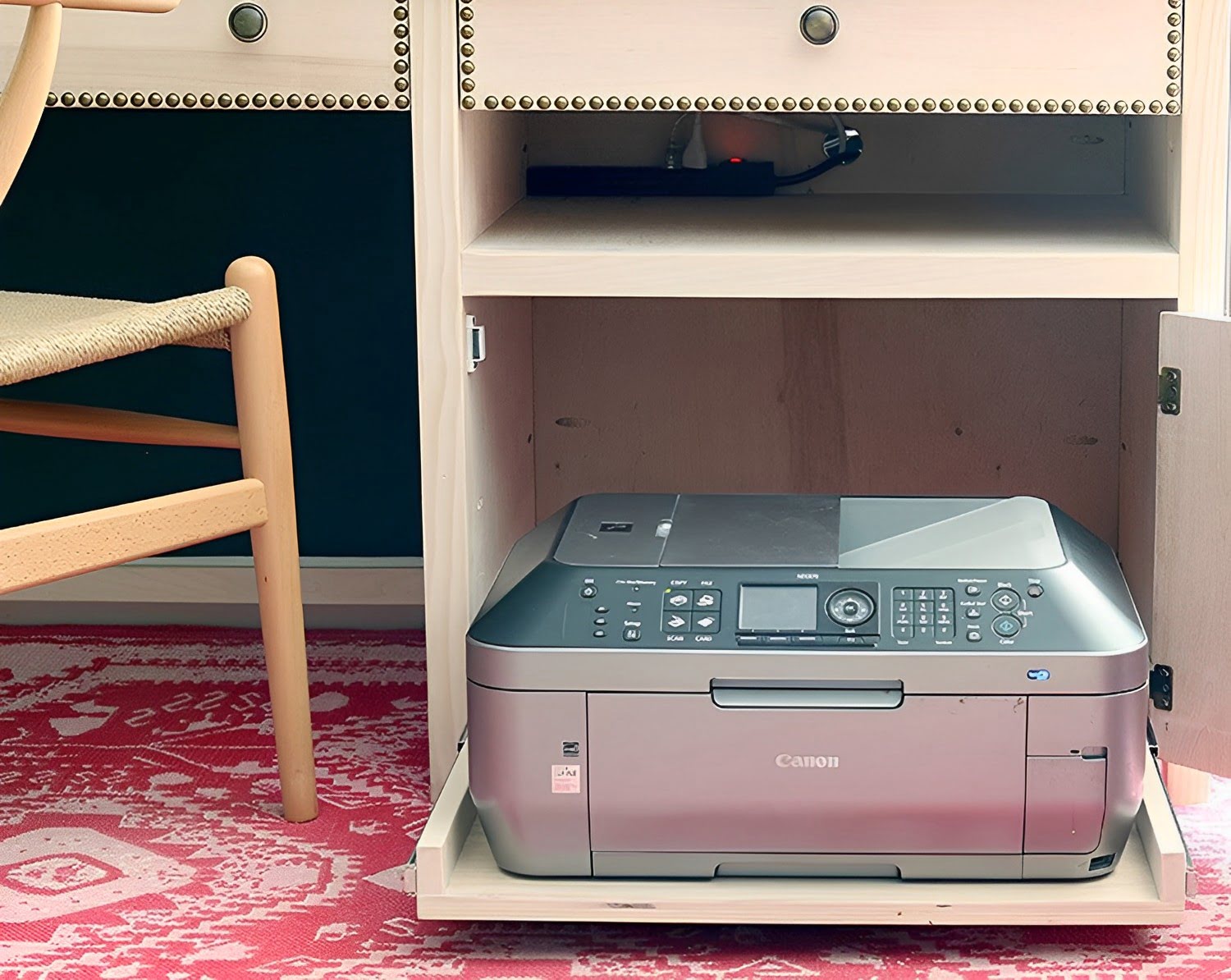

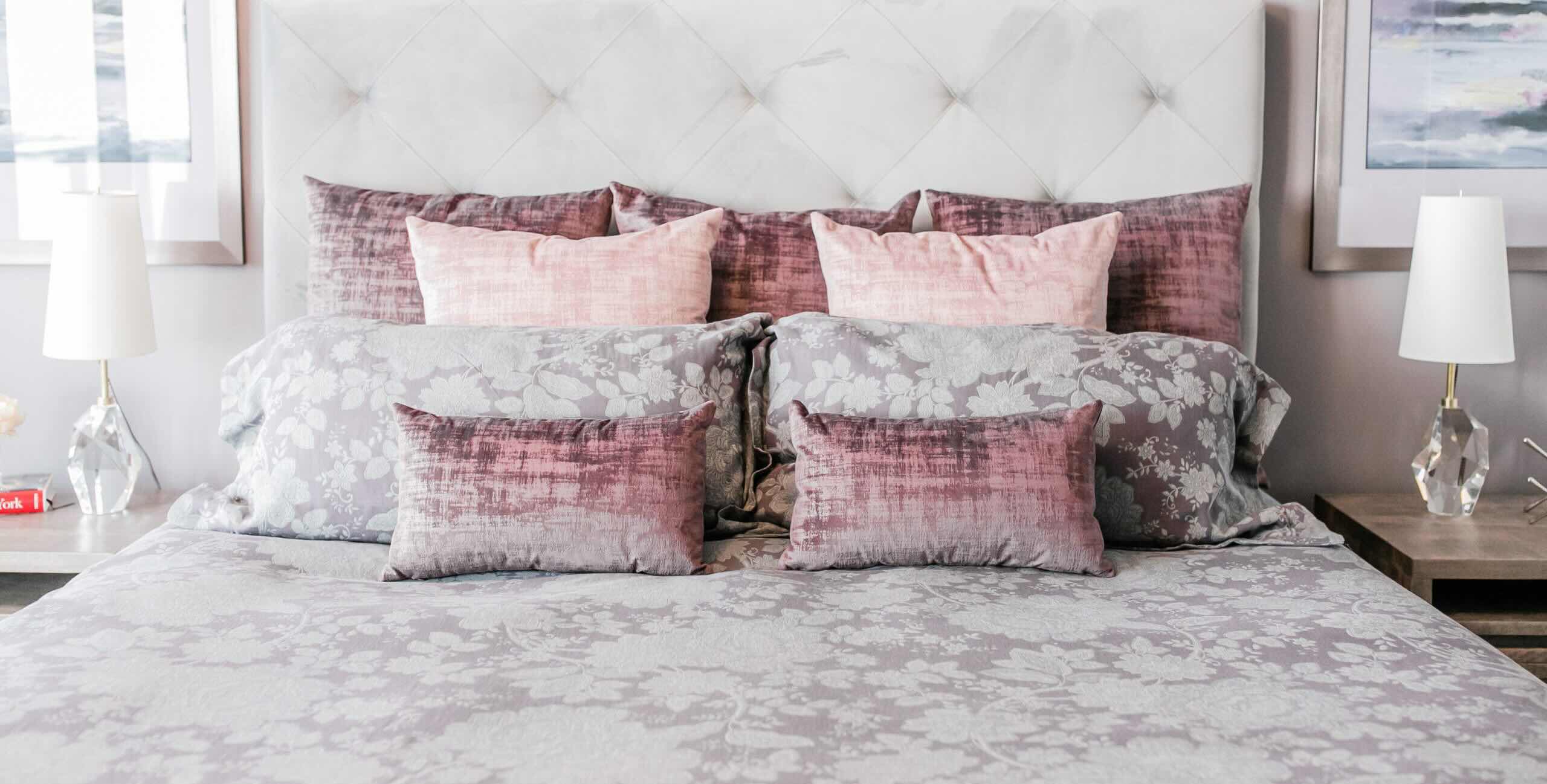
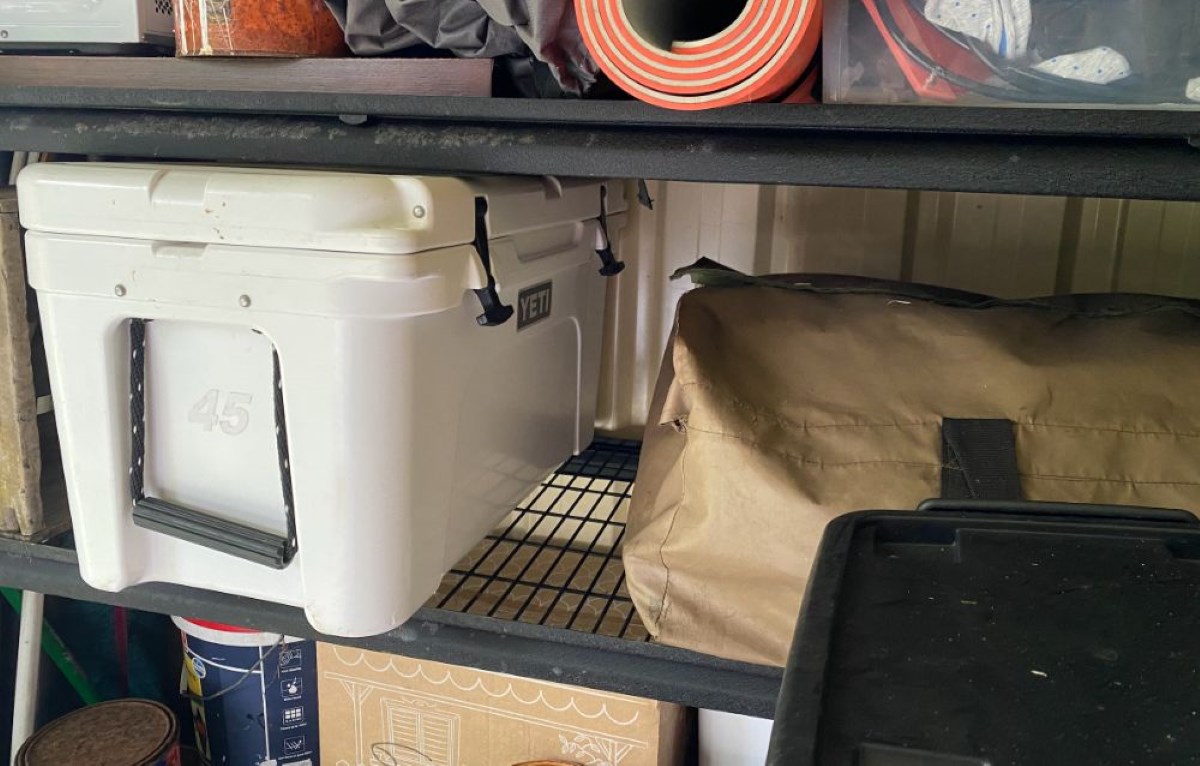

0 thoughts on “How To Store Bed Pillows When Not In Use”